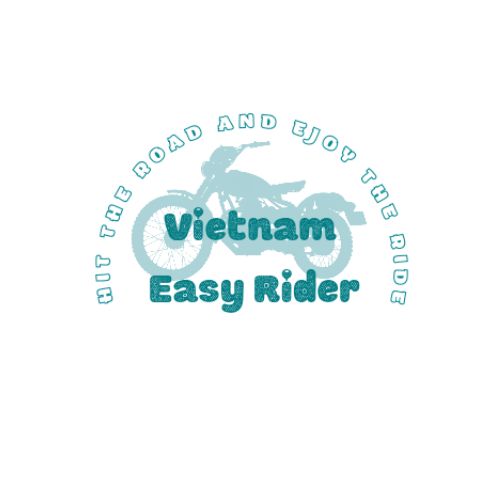Ho Chi Minh city (Saigon) in Vietnam
About Ho Chi Minh City
Ho Chi Minh City (people still refer to it as Saigon) is the largest city in Vietnam. It's located in the south of Vietnam, around 1750km from Hanoi Capital. It is encompassed by Tay Ninh and Binh Duong Provinces to the north, Long An Province to the west, Ba Ria-Vung Tau Province to the east, and the East Sea to the south. This city did witness the victorious history of Vietnam during the French colonial time and then the independent Republic of South Vietnam (1955-1975). The city was named after Uncle Ho in 1975. Today, there remain lots of French-built constructions scattered throughout the land. As time is changing, Saigon today is beautified with lots of modern skyscrapers, commercial sites, and industrial zones, in combination with the old buildings to create the unique Saigon. With the current development momentum, Ho Chi Minh City is also the most populous metropolitan region in Vietnam. What’s more, this is Vietnam’s most expensive city, but the opportunities to earn money is most.
What to See in Ho Chi Minh City in Vietnam
#1: Chinatown (called Cho Lon)
This refers to the biggest Chinatown in Vietnam whose history can be dated back to 1778. The little town is filled with various cultural and historical attractions such as temples, restaurants, and markets. Here, you see the long-dwelling Chinese who sell lots of Chinese products in wholesale Binh Tay Market. Nowadays, the cultural town is famous for tourist trail which is best explored on foot or by cyclo. Along the trail, you can stop by many charming Chinese restaurants for Chinese flavors (with iconic roasted duck and pork hanging before the eateries), contemplate the classical architecture (houses and Chinese-Buddhist style temples), enjoy shopping, and experience the hundred-of-year Chinese atmosphere. The Chinatown in Saigon becomes most dynamic, especially at night. Just come to the western bank of Ho Chi Minh River and mainly settle in District 5 for hours to discover the Chinese values well preserved amidst Saigon.
#2: Ben Thanh Market
#3: The Reunification Palace (Independence Palace)
#4: The War Remnants Museum
#5: The Cu Chi Tunnels
#6: Saigon Notre Dame Cathedral
#7: The Saigon Post Office
How to Get to Ho Chi Minh City in Vietnam
Travel to HCM City By Air
As Ho Chi Minh City is the largest center of commerce in Vietnam, almost every country and location have the daily flights to its Tan Son Nhat International Airport. From the airport, it might take around 30 minutes to reach the city center. Know that Tan Son Nhat International Airport is the biggest and most bustling airport in Vietnam!
Travel to HCM City By Train
Ho Chi Minh City is the train terminal for lots of Vietnam Railway train routes throughout the S-shaped country. Simply check your location to
get the train ticket to Saigon! Expect to see some spectacular stops at cities and provinces along the train routes.
Travel to HCM City By Boat
Together with the continuous flows of cargo ships, the tourist boats can run daily between the other destinations in Southern Vietnam and Ho
Chi Minh City. You can take it easy to boat from the Mekong Delta Provinces to Saigon!
Travel to HCM City By Motorbike
Love adventure, love to get off the beaten track, touch to real daily life of local people and enjoy the sun and wind on each passing countryside...traveling by motorbike is the best choice ! It should be around 2 - 3 weeks if you start from Ha Noi ride on the Ho Chi Minh trail, around 1 week from Hue or Hoi An, and 3 - 4 days from Nha Trang or Da Lat, Muine. Visit our site at vietnameasyrider.com or send us an email to vietnameasyridertour@gmail.com if you need a guided tour to Saigon by motorbike or car.
When to Visit Ho Chi Minh City
Any time could be the ideal time to see the sleepless and bustling Ho Chi Minh City as this destination has the comfortable weather most of the year.
Visit HCM City from December to April
These months mark the dry season in Saigon, with the average temperature of 28 Celsius degree. December – April is the best time to visit Ho
Chi Minh City because this season is characterized by lots of festivals (the Christmas and the New Year), and the dry condition that encourages outdoor exploration and celebration.
Visit HCM City from May to November
These months feature the wet season in Saigon, with the rainy and humid atmosphere. The rain might occasionally come to warn the tourists to come prepared in advance. This period witnesses the celebration of Vietnam Reunification Day (on September 2nd) when Saigon is most crowded with fireworks at night to celebrate the special day
Ho Chi Minh City (people still refer to it as Saigon) is the largest city in Vietnam. It's located in the south of Vietnam, around 1750km from Hanoi Capital. It is encompassed by Tay Ninh and Binh Duong Provinces to the north, Long An Province to the west, Ba Ria-Vung Tau Province to the east, and the East Sea to the south. This city did witness the victorious history of Vietnam during the French colonial time and then the independent Republic of South Vietnam (1955-1975). The city was named after Uncle Ho in 1975. Today, there remain lots of French-built constructions scattered throughout the land. As time is changing, Saigon today is beautified with lots of modern skyscrapers, commercial sites, and industrial zones, in combination with the old buildings to create the unique Saigon. With the current development momentum, Ho Chi Minh City is also the most populous metropolitan region in Vietnam. What’s more, this is Vietnam’s most expensive city, but the opportunities to earn money is most.
What to See in Ho Chi Minh City in Vietnam
#1: Chinatown (called Cho Lon)
This refers to the biggest Chinatown in Vietnam whose history can be dated back to 1778. The little town is filled with various cultural and historical attractions such as temples, restaurants, and markets. Here, you see the long-dwelling Chinese who sell lots of Chinese products in wholesale Binh Tay Market. Nowadays, the cultural town is famous for tourist trail which is best explored on foot or by cyclo. Along the trail, you can stop by many charming Chinese restaurants for Chinese flavors (with iconic roasted duck and pork hanging before the eateries), contemplate the classical architecture (houses and Chinese-Buddhist style temples), enjoy shopping, and experience the hundred-of-year Chinese atmosphere. The Chinatown in Saigon becomes most dynamic, especially at night. Just come to the western bank of Ho Chi Minh River and mainly settle in District 5 for hours to discover the Chinese values well preserved amidst Saigon.
#2: Ben Thanh Market
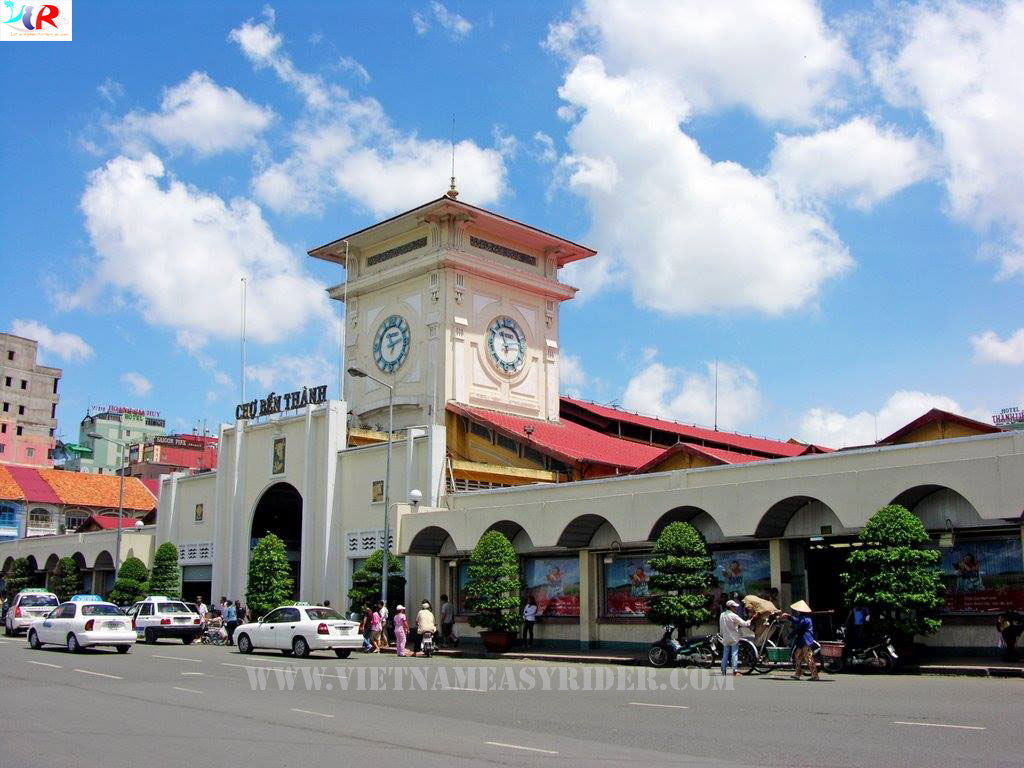
#3: The Reunification Palace (Independence Palace)
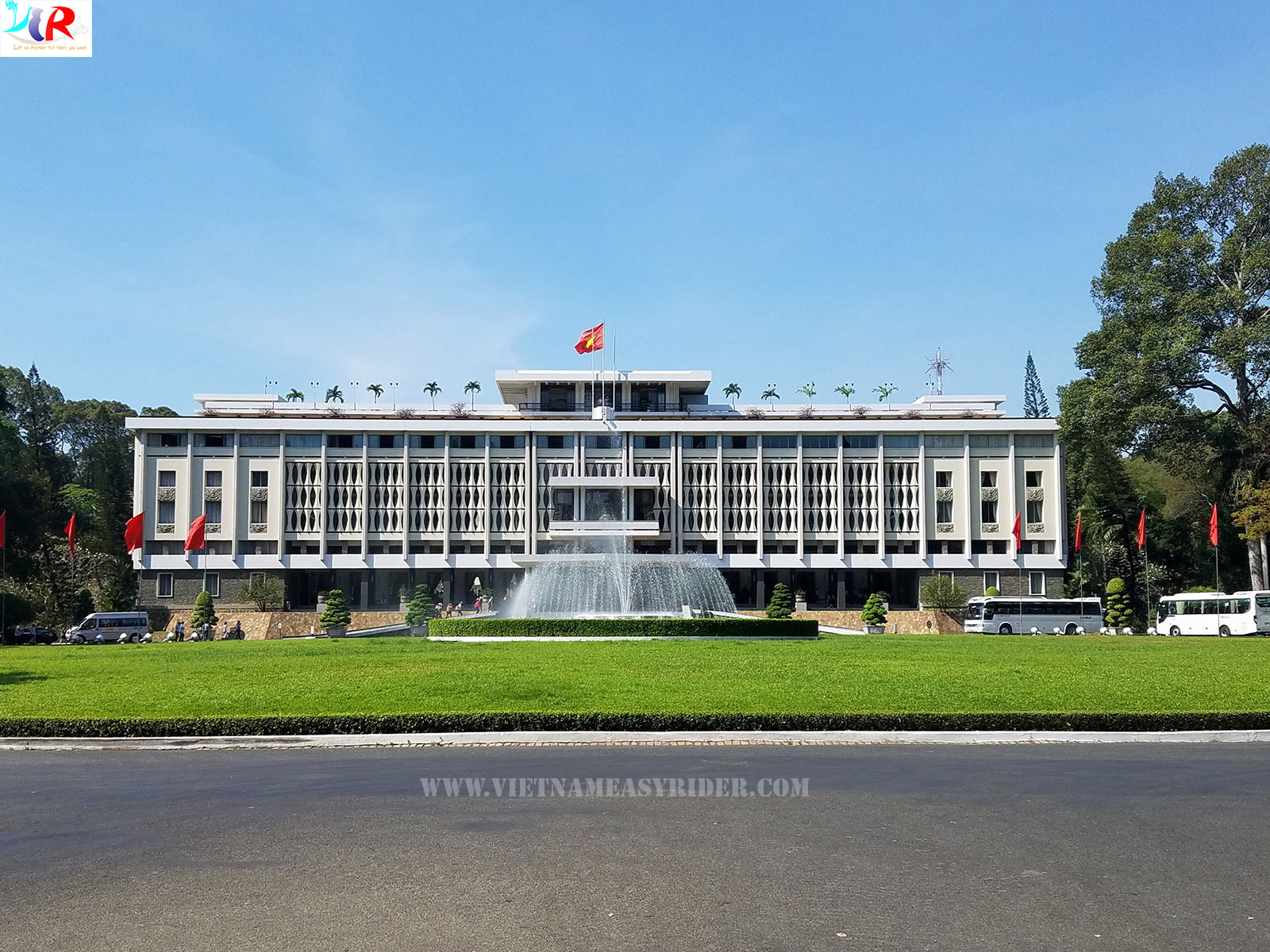
#4: The War Remnants Museum
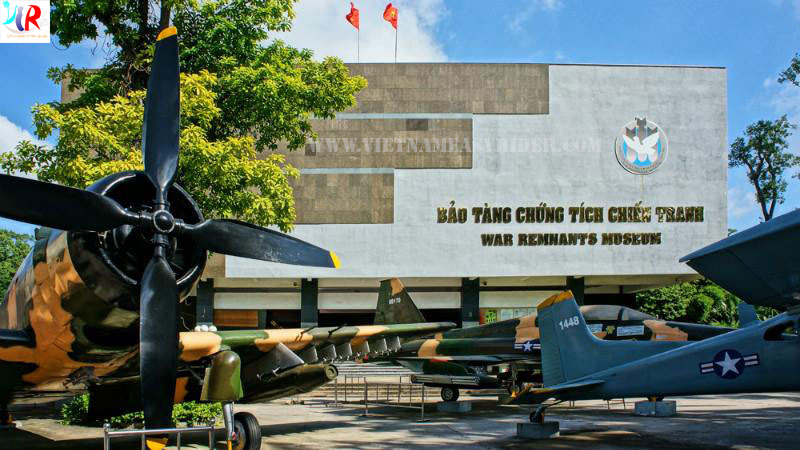
#5: The Cu Chi Tunnels
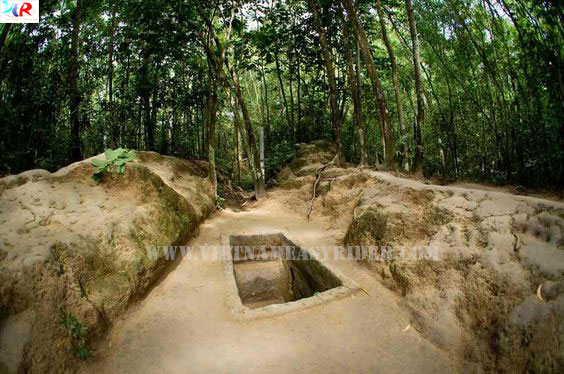
#6: Saigon Notre Dame Cathedral
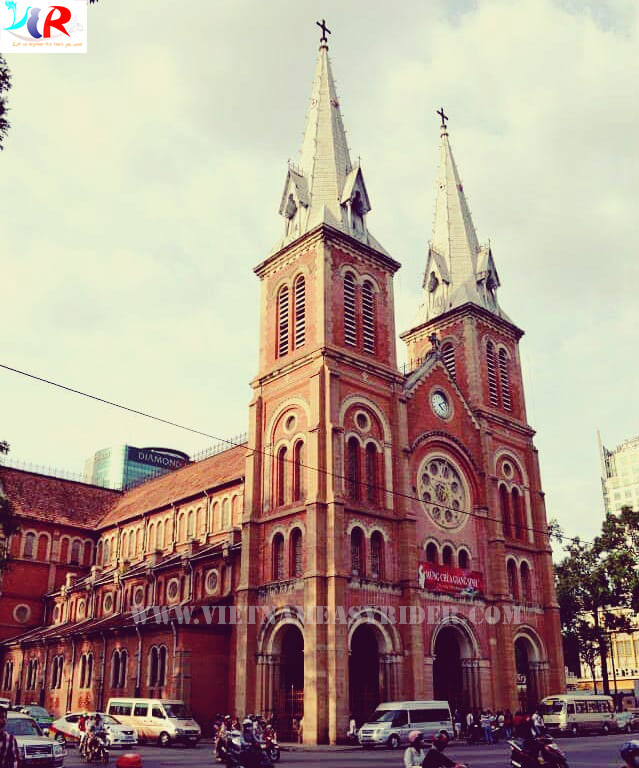
#7: The Saigon Post Office
The construction of Saigon Post Office took place between 1886 and 1991. It was originally built by the French Architect. Going through several times of renovation, the current Saigon Post Office features the architectural combination of the Western and Asian styles. Standing nearby the Notre Dame Cathedral, the Main Post Office contributes to the extraordinary settings for tourism. Furthermore, if noticed, you can easily spot the magnificently modern structures of Diamond Plaza and the Metropolitan.
How to Get to Ho Chi Minh City in Vietnam
Travel to HCM City By Air
As Ho Chi Minh City is the largest center of commerce in Vietnam, almost every country and location have the daily flights to its Tan Son Nhat International Airport. From the airport, it might take around 30 minutes to reach the city center. Know that Tan Son Nhat International Airport is the biggest and most bustling airport in Vietnam!
Travel to HCM City By Train
Ho Chi Minh City is the train terminal for lots of Vietnam Railway train routes throughout the S-shaped country. Simply check your location to
get the train ticket to Saigon! Expect to see some spectacular stops at cities and provinces along the train routes.
Travel to HCM City By Boat
Together with the continuous flows of cargo ships, the tourist boats can run daily between the other destinations in Southern Vietnam and Ho
Chi Minh City. You can take it easy to boat from the Mekong Delta Provinces to Saigon!
Travel to HCM City By Motorbike
Love adventure, love to get off the beaten track, touch to real daily life of local people and enjoy the sun and wind on each passing countryside...traveling by motorbike is the best choice ! It should be around 2 - 3 weeks if you start from Ha Noi ride on the Ho Chi Minh trail, around 1 week from Hue or Hoi An, and 3 - 4 days from Nha Trang or Da Lat, Muine. Visit our site at vietnameasyrider.com or send us an email to vietnameasyridertour@gmail.com if you need a guided tour to Saigon by motorbike or car.
When to Visit Ho Chi Minh City
Any time could be the ideal time to see the sleepless and bustling Ho Chi Minh City as this destination has the comfortable weather most of the year.
Visit HCM City from December to April
These months mark the dry season in Saigon, with the average temperature of 28 Celsius degree. December – April is the best time to visit Ho
Chi Minh City because this season is characterized by lots of festivals (the Christmas and the New Year), and the dry condition that encourages outdoor exploration and celebration.
Visit HCM City from May to November
These months feature the wet season in Saigon, with the rainy and humid atmosphere. The rain might occasionally come to warn the tourists to come prepared in advance. This period witnesses the celebration of Vietnam Reunification Day (on September 2nd) when Saigon is most crowded with fireworks at night to celebrate the special day
CÁC TIN, BÀI KHÁC :
- HOI AN, VIETNAM - TOP THINGS TO DO IN 2023(09/05/2023 15:42:07)
- TOP ATTRACTIONS AND THINGS TO DO IN MUINE IN 2023(02/05/2023 10:53:02)
- Experience to travel to Muine, Vietnam(02/05/2023 10:06:52)
- TOP THINGS TO DO AND SEE IN VIETNAM IN 2023(25/04/2023 13:35:30)
- WHAT TO BRING FOR A MOTORCYCLE TOUR IN VIETNAM(24/04/2023 7:57:14)
- TIPS TO PLAN AN AMAZING MOTORBIKE TOUR IN VIETNAM(24/04/2023 7:42:18)
- HOW TO DRIVE A MOTORBIKE SAFELY IN VIETNAM(20/04/2023 11:47:05)
- BEST PLACES TO VISIT IN VIETNAM(08/12/2019 17:52:03)
- Tam Giang Lagoon in Hue Vietnam(17/10/2019 16:23:42)
- EXPERIENCE TO TRAVEL TO MU CANG CHAI- THE MOST STUNNING TERRACE RICE FIELDS(13/10/2019 13:40:10)
